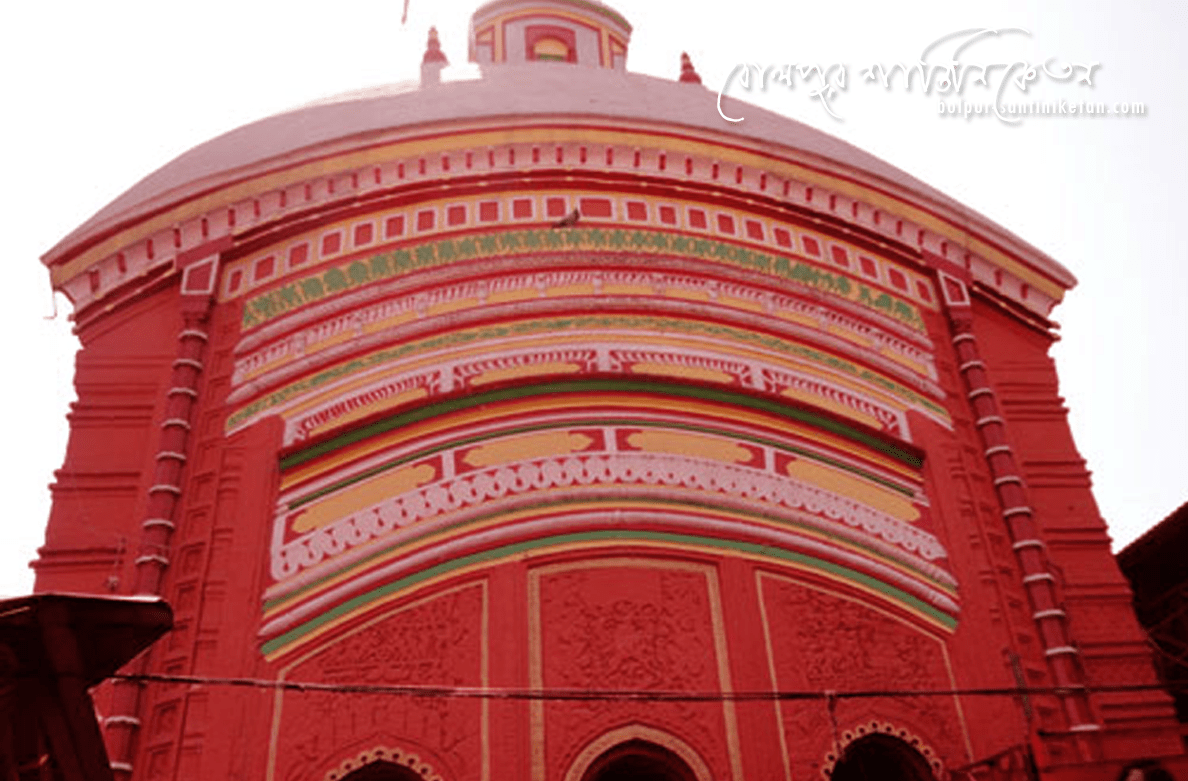Surul Rajbari: A Glimpse into Birbhum’s Zamindari Past near Santiniketan
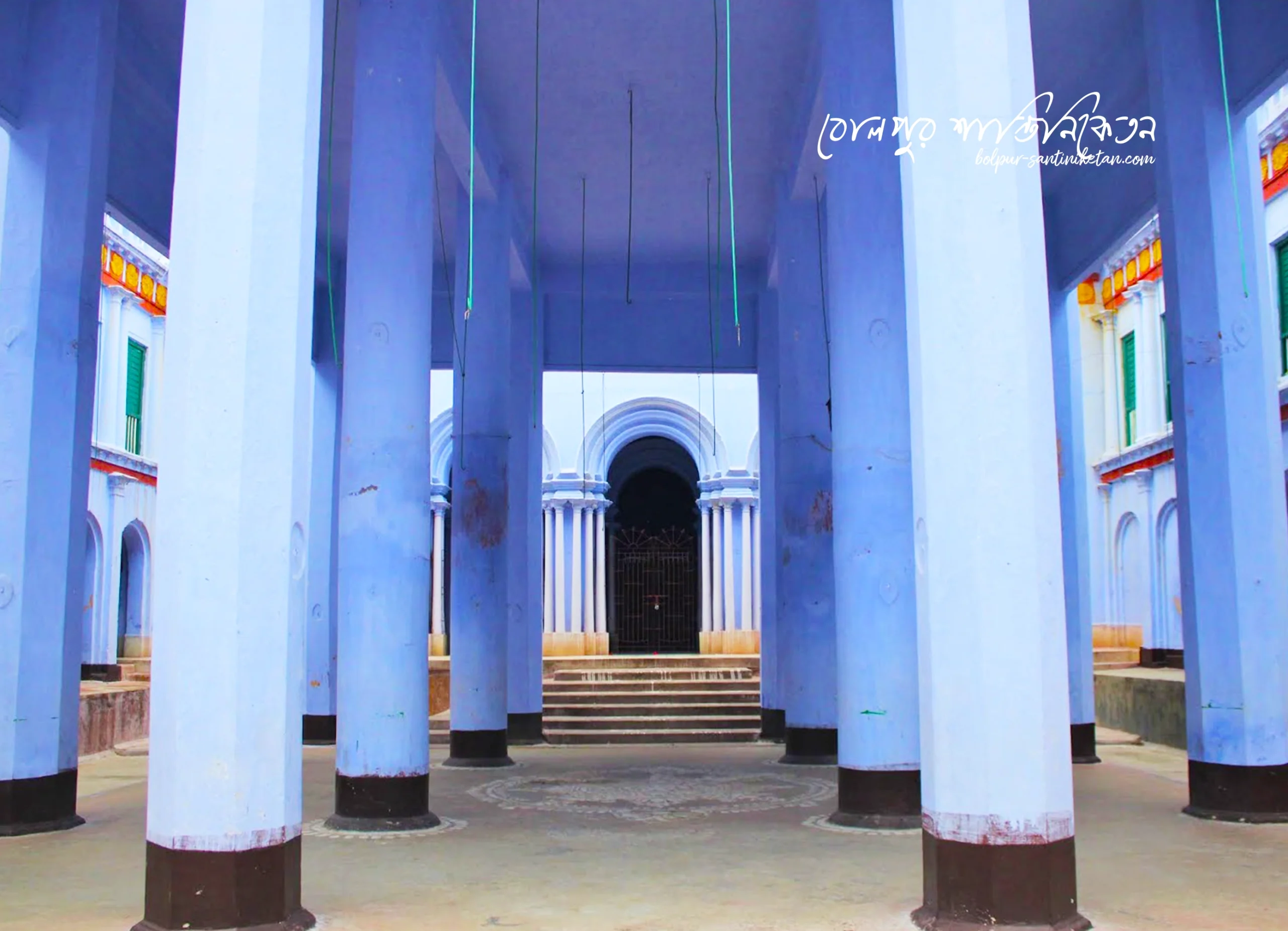
Just a few kilometers from the bustling town of Bolpur and adjacent to the tranquil Santiniketan, lies the historic village of Surul, home to the centuries-old Surul Rajbari, also known as Sarkar Bari. This ancient Zamindari house offers a fascinating peek into the aristocratic history of the Birbhum district and stands as a quiet contrast to the academic environment nearby.
Please Note: This is an independent information page and not an official source from the Sarkar family or the Rajbari management.
A Rich History Surul Rajbari:
The Surul Rajbari belonged to the affluent Sarkar family (originally with the surname Ghosh). Its origins trace back to the early 18th century, with accounts suggesting it was built around the 1750s by Srinivas Sarkar. Srinivas Sarkar rose to prominence and wealth through his business ventures, particularly his trade dealings with the British East India Company, reportedly supplying sails for their ships.
The Sarkar family played a significant role not just in the economic landscape but also contributed to the socio-cultural development of Surul. Their historical importance is further marked by their reported contributions towards the establishment of the Visva-Bharati University in nearby Santiniketan. During the British era, Surul itself was a strategic center for business and trade.
What to See at Surul Rajbari:
Visiting Surul Rajbari is an experience of stepping back in time. While parts of the complex show the wear of centuries, the Rajbari retains an old-world charm.
- The Main Rajbari Building: Explore the exterior of the old mansion, which speaks of past grandeur. The architecture reflects the style of traditional Bengali Zamindari houses.
- Thakur Dalan: A central courtyard within the complex, the Thakur Dalan is the focal point of the family’s traditional celebrations.
- Nearby Temples: Surul village is also known for several ancient terracotta temples located in the vicinity of the Rajbari, built by the Sarkar family. These temples feature intricate terracotta carvings depicting mythological scenes, daily life, and sometimes even European figures – a unique blend reflecting the era of their construction. Notable examples include the Pancha Ratna Lakshmi Janardhan Temple and twin Shiva temples.
The atmosphere around the Rajbari is often peaceful, offering a quiet historical detour from the main Santiniketan attractions.
The Famous Durga Puja at Surul Rajbari
Surul Rajbari is particularly renowned for its grand and historic Durga Puja celebration. This festival is not just a religious event but a significant cultural tradition of the Sarkar family that has been continuously observed for over 250 years.
During the five days of Durga Puja (typically from Shashthi to Dashami), the entire Rajbari complex, especially the Thakur Dalan, comes alive with vibrant festivities. The traditional customs and rituals are followed with great devotion, attracting not just the Sarkar family members but also locals and visitors who come to witness this age-old celebration.
The Thakur Dalan remains open to all visitors during the Puja days, allowing everyone to experience the festive atmosphere, witness the worship, and admire the traditional idol of Goddess Durga. The celebrations often include local cultural performances, and the immersion procession on the final day is a notable event in the area. Visiting Surul Rajbari during Durga Puja offers a truly unique and immersive cultural experience, showcasing the enduring traditions of a Bengali Zamindari household.
Visitor Information:
Surul Rajbari is a historical, privately owned property, not a commercially managed tourist site.
- Access: The Rajbari complex can typically be visited from the outside. As it is private property, it is respectful and advisable to seek permission if you wish to enter deeper into the premises beyond the publicly accessible areas (like the Thakur Dalan during festivals).
- Timings and Fees: There are no official entry fees or fixed visiting hours for Surul Rajbari for general visits.
- Best Time to Visit: While you can visit throughout the year, the Rajbari truly comes alive during the annual Durga Puja celebration. Check the dates for Durga Puja (usually in September or October) to plan your visit during this vibrant time.
Visiting Surul Rajbari offers a tangible connection to the history of the region’s affluent Zamindar families and their cultural contributions, especially highlighted by the enduring tradition of their Durga Puja.
Explore Sightseeing of Bolpur Santiniketan
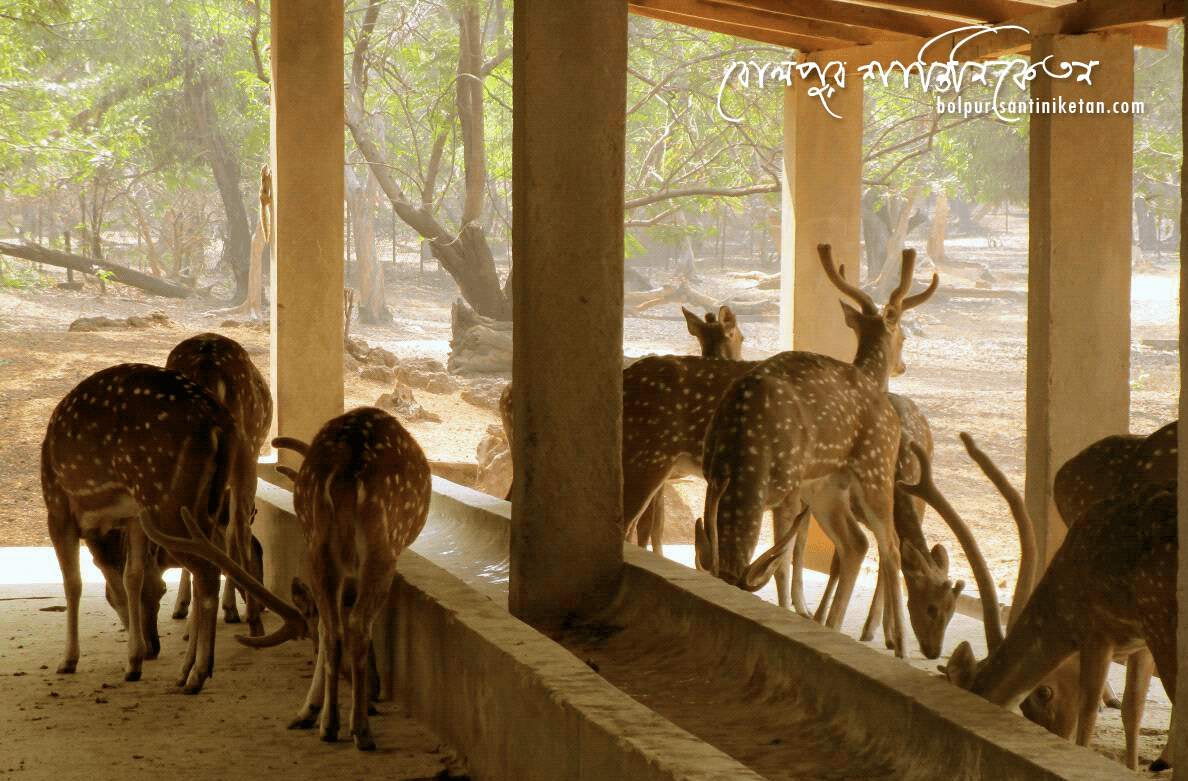
Ballavpur Wildlife Sanctuary (Deer Park)
Welcome to Ballavpur Wildlife Sanctuary, also known as Deer Park, a beautiful nature spot near...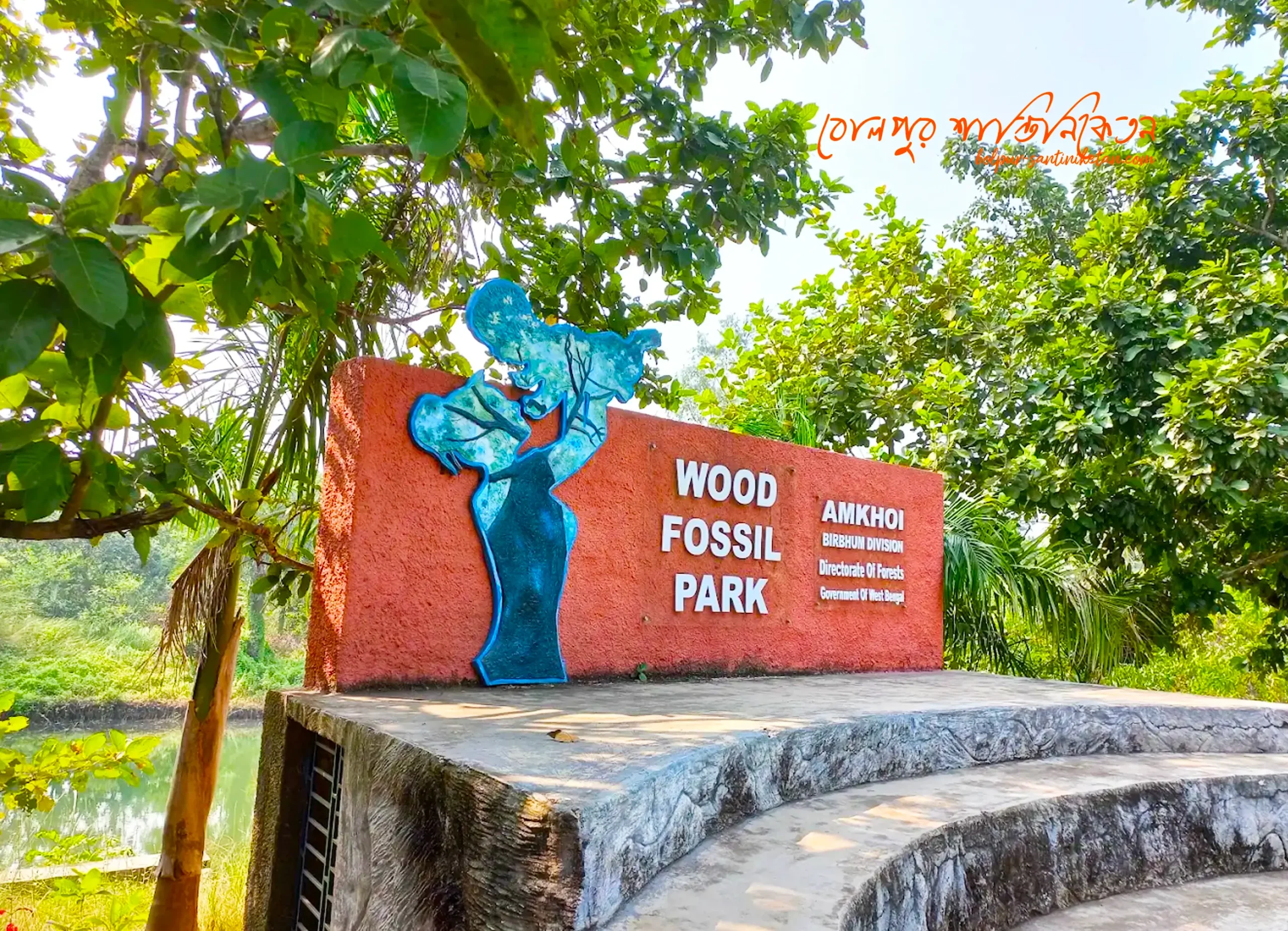
Amkhoi Wood Fossil Park: A Journey Millions of Years Back in Time near Santiniketan
Just a short drive from Santiniketan and Bolpur lies the fascinating Amkhoi Wood Fossil Park,...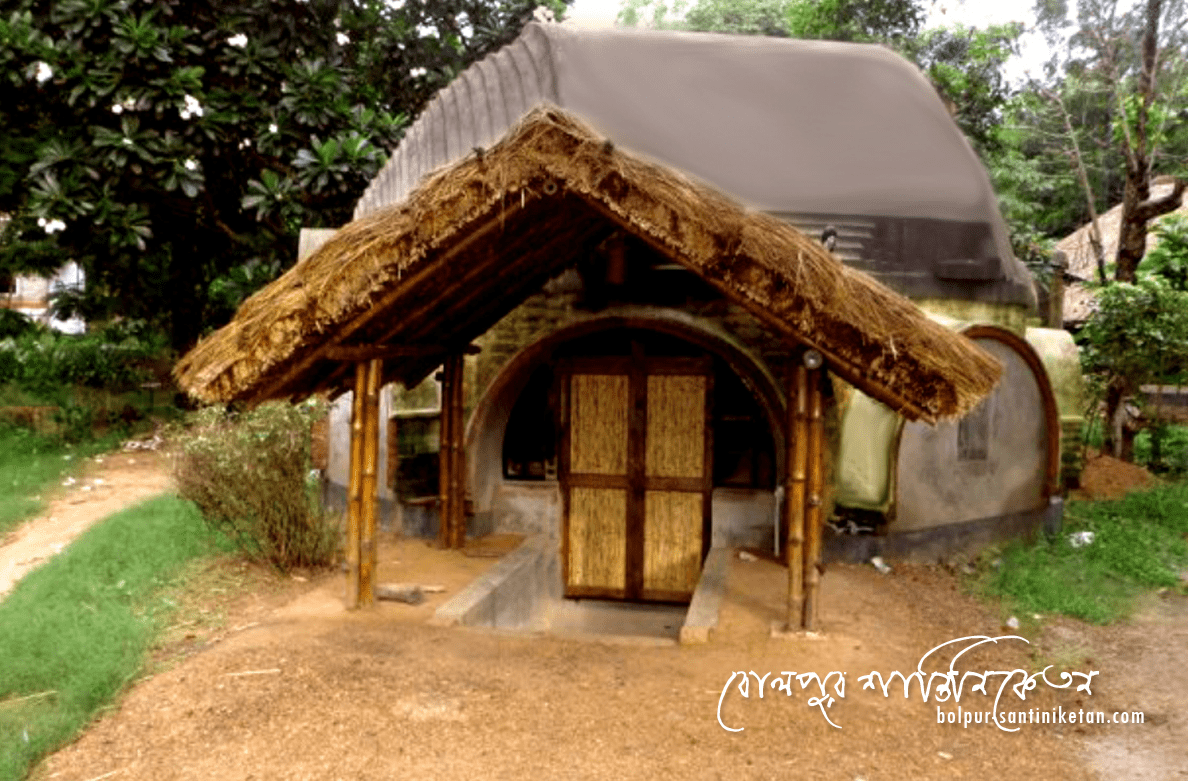
Babli, Bolpur Santiniketan – A Serene Rural Escape Near Tagore’s Land
Discover Babli: A Tranquil Getaway Near Santiniketan Tucked away just 12 km from the cultural...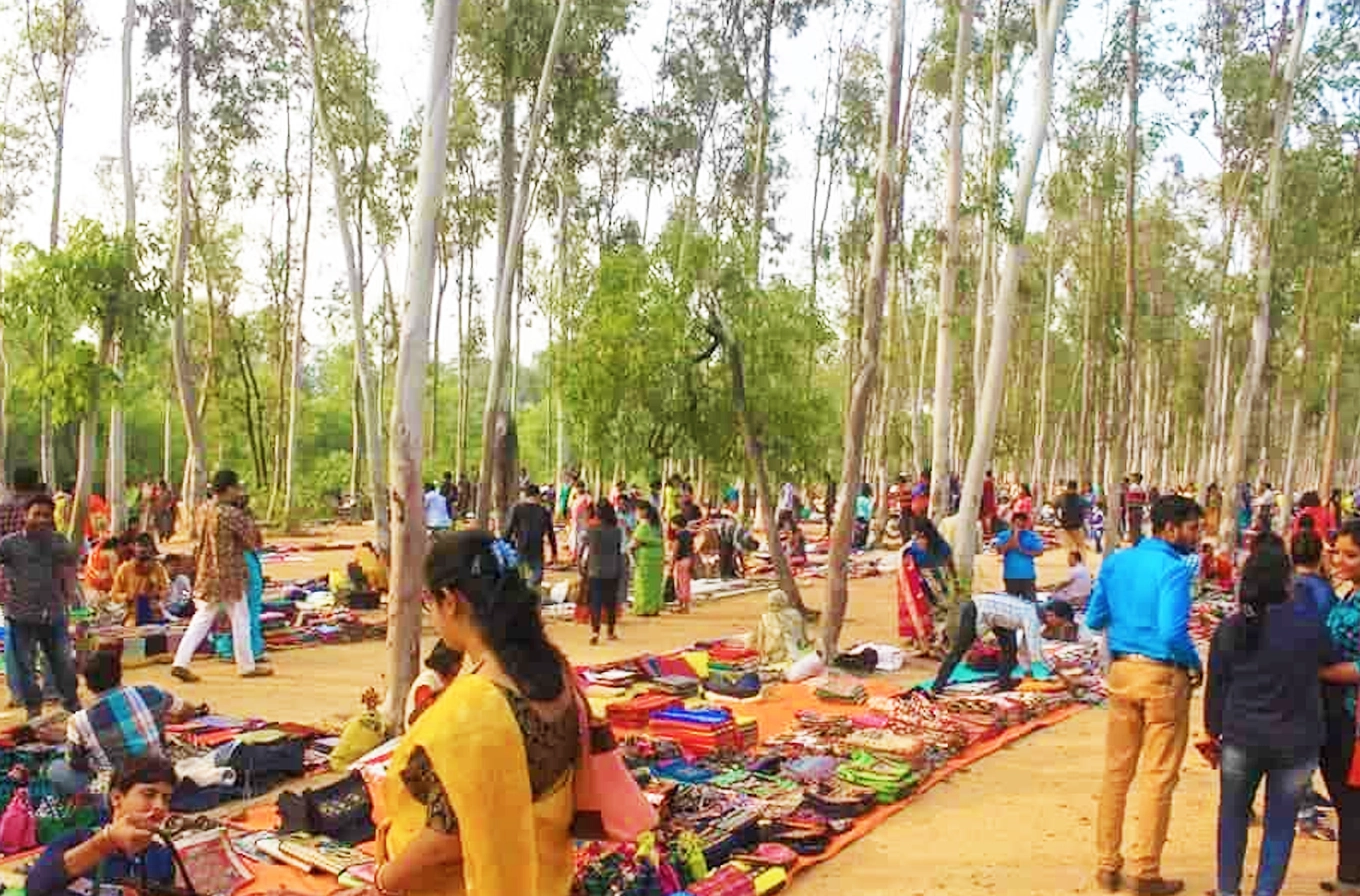
Sonajhuri Haat: A Cultural Extravaganza in Bolpur Santiniketan
If you’re visiting Bolpur Santiniketan, don’t miss Sonajhuri Haat! It’s a lively open-air market, also...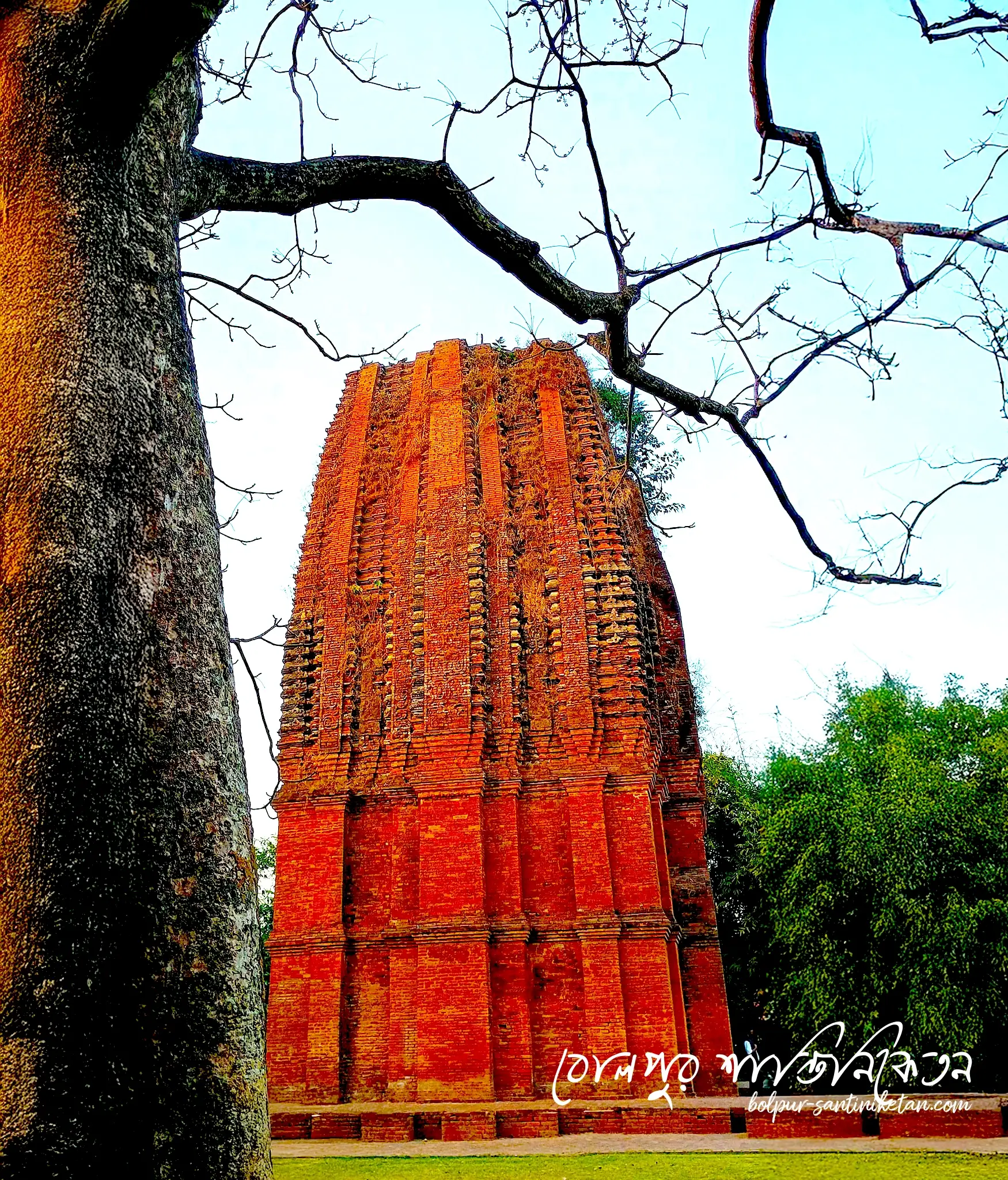
Discovering Deul Temples: Architectural Heritage near Santiniketan
The term "Deul" in the context of West Bengal refers to a specific style of...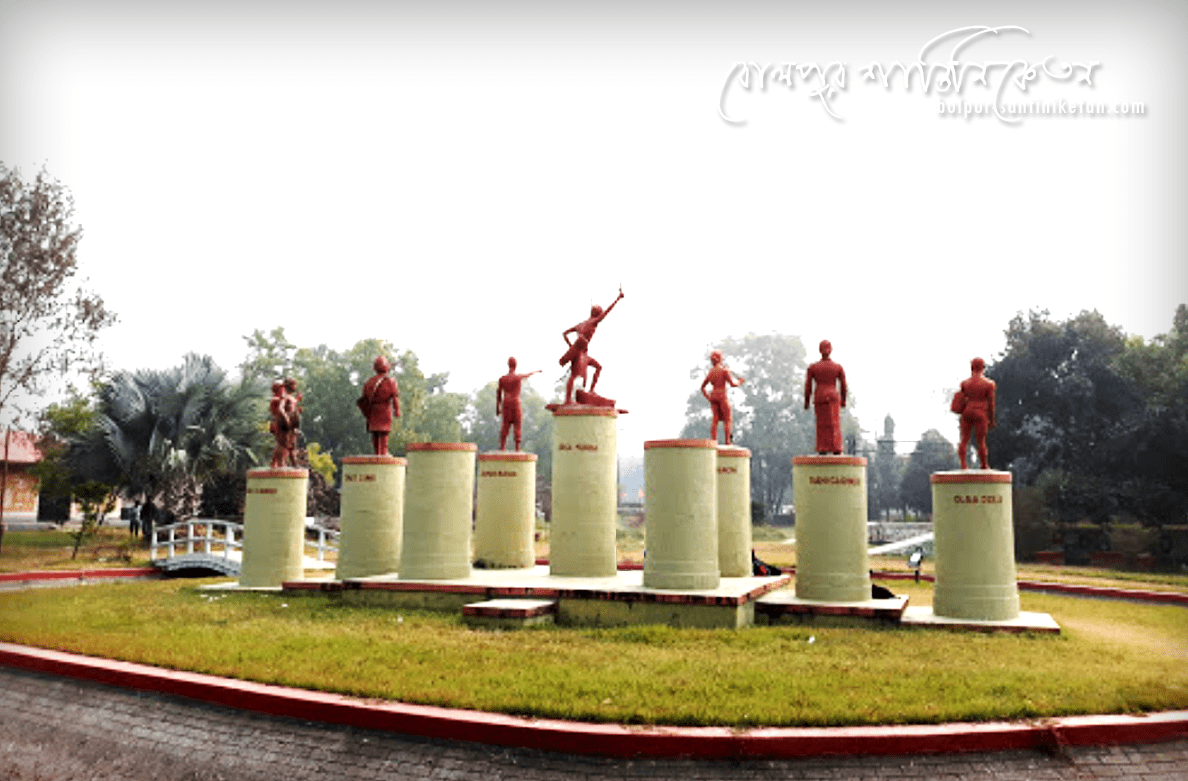
Srijani Shilpagram: Explore the Heart of Eastern India’s Culture in Santiniketan
Looking for a unique cultural experience in Bolpur, Santiniketan? Visit Srijani Shilpagram, a must-see destination...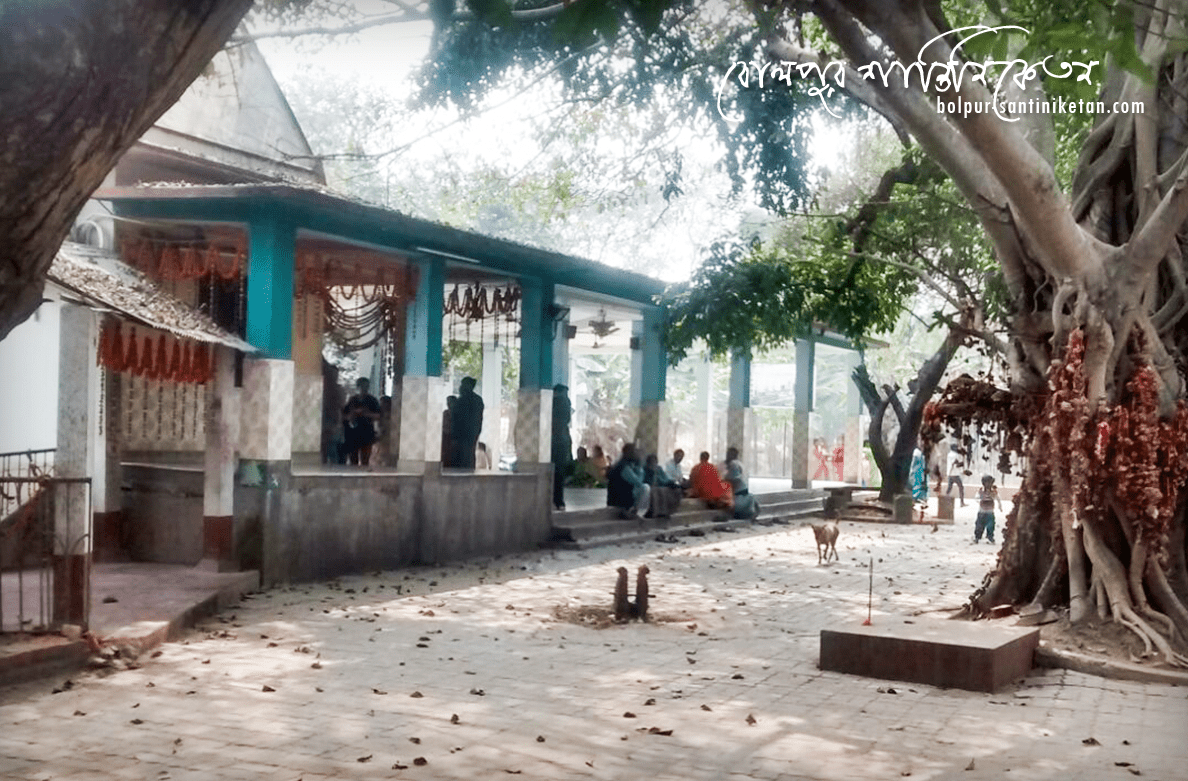
Discover Kankalitala: History and Spirituality in Santiniketan Sightseeing
Nestled just 9 kilometers from Bolpur in West Bengal’s Birbhum district, Kankalitala is a revered...